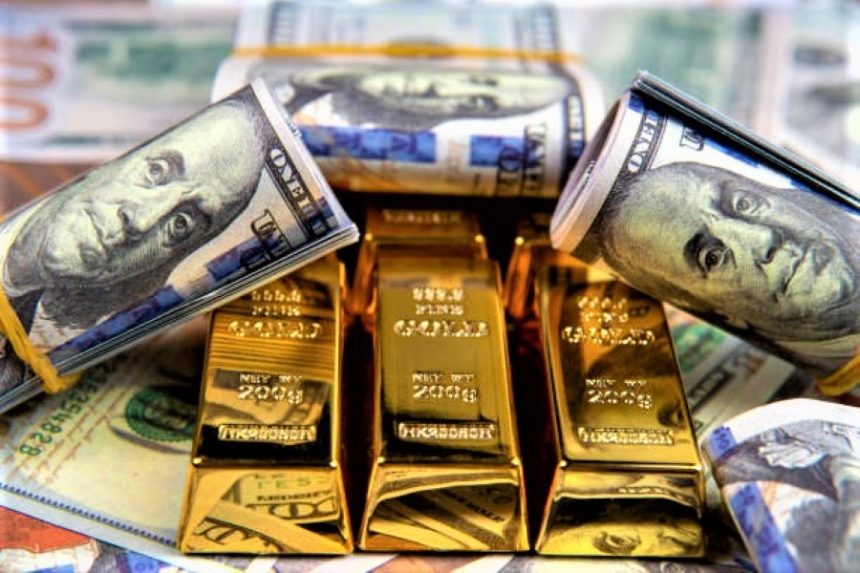Gold prices fall as Fed rate cuts become less likely.
In Tuesday’s European session, the gold price (XAUUSD) fell due to selling pressure at the key resistance level of $2,400. The precious metal is under pressure as the US dollar and Treasury yields rise following solid March retail sales data in the United States, raising questions about when the Federal Reserve (Fed) may decrease interest rates.
Ten-year US Treasury rates jump to 4.63%, extending a five-month peak. Financial markets expect the Fed to begin Starting in September, it will reduce its main borrowing rates. Also, traders expect only two cuts rather than three, as forecast by the majority of Fed policymakers in the most recent dot plot. The US Dollar Index (DXY), which measures the value of the US dollar against six major currencies, increases to 106.30.
Higher bond yields weigh on gold by raising the potential cost of investing in it. Despite rising bond yields and geopolitical worries in the Middle East, gold has performed well in recent weeks. Gold demand from investors and central banks rises during periods of global economic uncertainty and growing geopolitical tensions.
Daily Market movers: Gold price falls after strong US retail sales data. $2,370, while striving to reclaim new all-time highs near $2,430.
The sheer strength of the US dollar and US bond yields have acted as a barrier to gold. The attraction of the US dollar strengthens, and bond yields climb more, as strong Retail Sales data for March adds to doubt over when the Federal Reserve will begin decreasing its key interest rates.
The US Retail Sales statistics for March, issued on Monday, showed healthy demand despite increased US interest rates. Monthly retail sales rose by a strong 0.7%, exceeding the predicted 0.3% increase. Retail sales for February were increased up to 0.9% from 0.6%. Retail sales figures are one of the main indicators of consumer spending, accounting for more. More than two-thirds of the US economy. Higher retail sales show that household demand remains strong, which is supporting inflation.
Strong retail sales data, combined with robust labor demand and higher-than-expected Consumer Price Index (CPI) data, has caused traders to rethink their expectations for early Fed rate cuts. According to the CME FedWatch tool, markets expect interest rates to remain constant in the 5.25%-5.50% range for the June and July meetings. The Fed is now expected to shift toward rate reduction in September.
Worsening Middle East tensions continue to support the gold price.
Meanwhile, suspicions that Middle Eastern conflicts will spread beyond Gaza fuel the need for safe havens. Investors are concerned about a further escalation in Israel-Iran tensions after Israel’s military Chief of Staff, Herzi Halev, stated they would respond to Iran’s attack. On their land, hundreds of drones and missiles were launched, according to Al Jazeera. US President Joe Biden stated that the US will not assist Israel’s counterattack.









